The Albanese government’s 5% deposit scheme for first home buyers, effective from 1 October, appears to have significantly boosted home prices.
Cotality’s house price results for October reported the strongest increase in values since June 2023, up 1.1% over the month and 2.9% over the quarter at the combined capital city level.
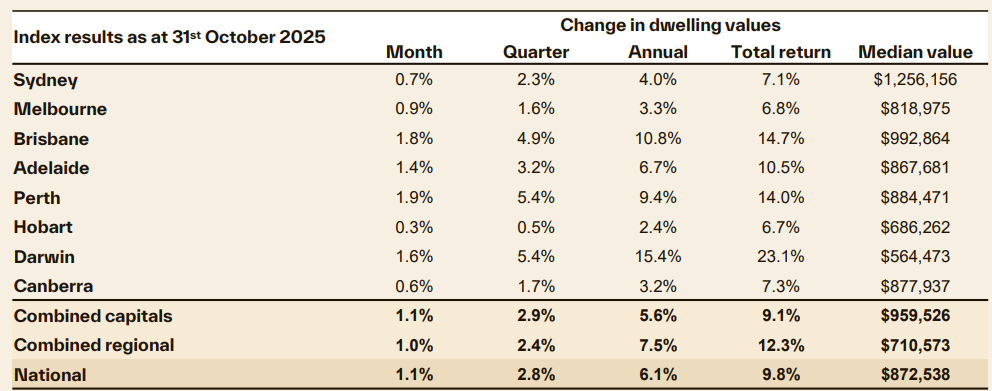
Source: Cotality
Over the past five years, home values have jumped by 43.9% at the combined capital city level.
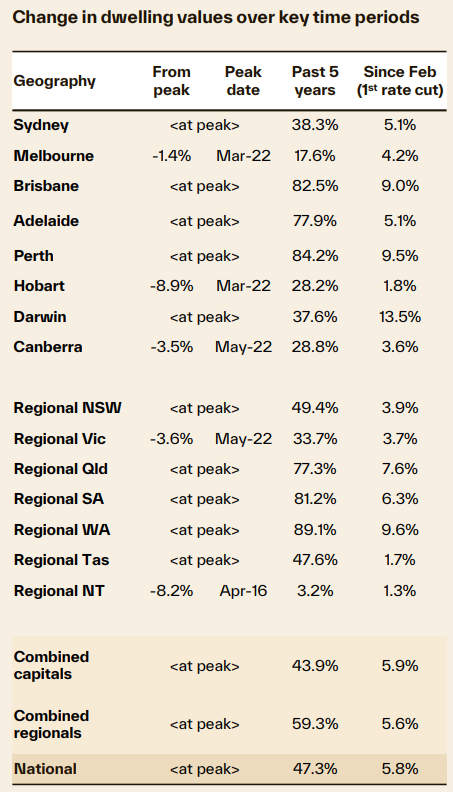
Source: Cotality
Cotality research director Tim Lawless noted that Labor’s 5% deposit scheme has stimulated demand and prices at the lower-to-middle end of the market.
Across the combined capitals, dwelling values were up 1.4% across the middle market and rose 1.2% across the lower quartile, while upper quartile values were 0.7% higher through the month.
“The upper quartile of the market is showing the lowest rate of growth across almost every capital city”, said Lawless.
“Stronger housing demand at the lower price points is likely a culmination of serviceability constraints eroding purchasing power, persistently higher than average levels of investor activity, and what is likely a pickup in first home buyers taking advantage of the expanded deposit guarantee”.
The impact of Labor’s 5% deposit scheme on house prices was predictable.
Whenever these types of demand-side “affordability” measures have been introduced—be they first-home owner grants, shared equity schemes, or high-LVR borrowing schemes like this—they always get capitalised into higher home prices and larger mortgages.

As a result, we ultimately will be left with a situation where first home buyers are carrying gigantic mortgages that must be repaid with thin equity buffers, leaving them exposed to rising interest rates and potential negative equity in the event of a significant house price correction.
Taxpayers, who will have guaranteed 15% of first home buyer mortgages under the scheme, will also be left covering the losses on any forced (mortgagee) sale.
Thus, the 5% deposit scheme is a disastrous policy that will leave Australia with higher home prices and greater mortgage debt.
It is the antithesis of an affordability policy, because you cannot make housing structurally more affordable by pump-priming prices higher.
Rents also keep rising:
Cotality also recorded a record low national rental vacancy rate in October of only 1.4%, alongside rising rental growth.
Cotality’s national rental index has risen by half a percent per month over the past three months, the highest monthly growth in rents since May 2024.
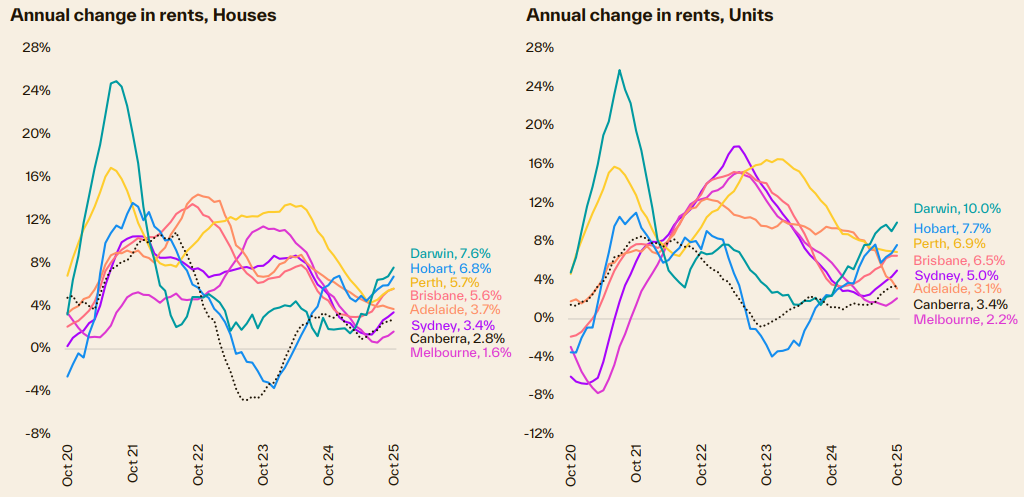
Source: Cotality
This follows a 43.8% increase in median rents nationally over the previous five years to September 2025, which has added nearly $10,500 to the median tenant’s annual rental bill.
The rental crisis is certain to worsen. The latest dwelling construction data from the ABS showed that the number of dwelling completions nationally fell by 2% in 2024-25, tracking 65,970 (27%) below the Albanese government’s housing construction target.

Meanwhile, population growth via net overseas migration remains turbo-charged.
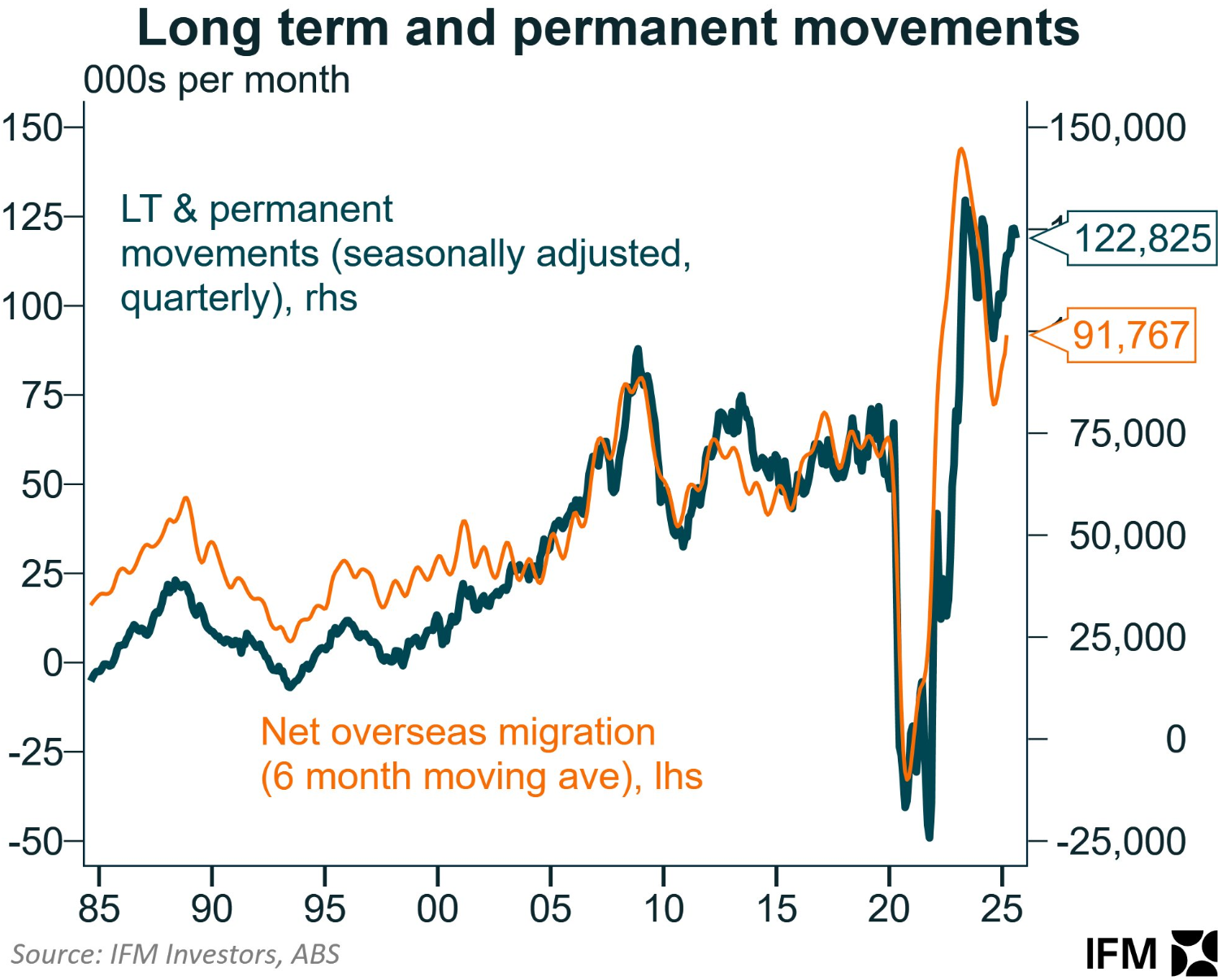
Late last month, the former deputy secretary of the immigration department, Abul Rizvi, forecast that Australia’s net overseas migration (NOM) will track around 300,000 annually under current immigration policies, 15% higher than the Treasury’s forecast.
Prior to the Covid-19 pandemic, Australia only exceeded 300,000 NOM once in history—i.e., 2008-09 (315,700 under Rudd).
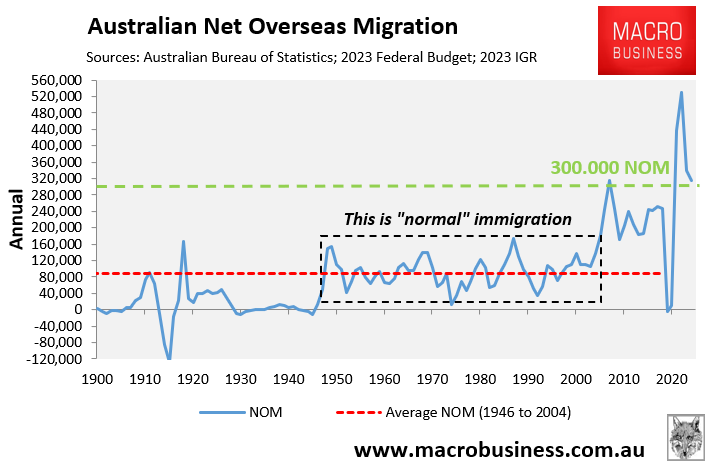
The impact on the rental market from such extreme immigration would truly be devastating, given that vacancy rates and rental listings are already at a record low.
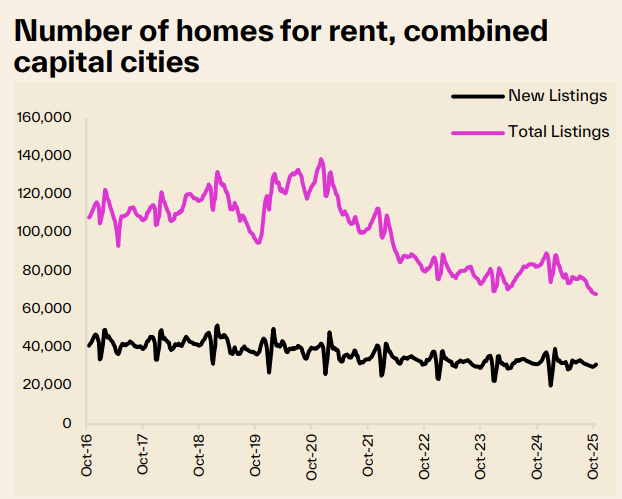
Source: Cotality
The National Housing Supply and Affordability Council’s (NHSAC) latest State of the Housing System report, released in May, estimated that if Australia’s population grows 15% faster than projected, as suggested it will by Abul Rizvi, then Australia’s housing shortage will increase by around 200,000 over five years.
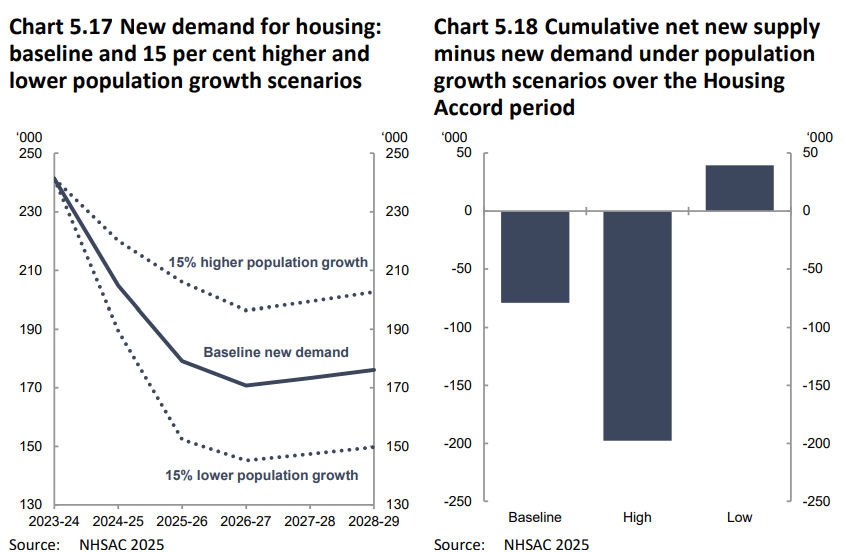
This 200,000 forecast increase in the housing shortage is on top of the current cumulative shortage of at least 200,000 homes, calculated by AMP chief economist Shane Oliver:
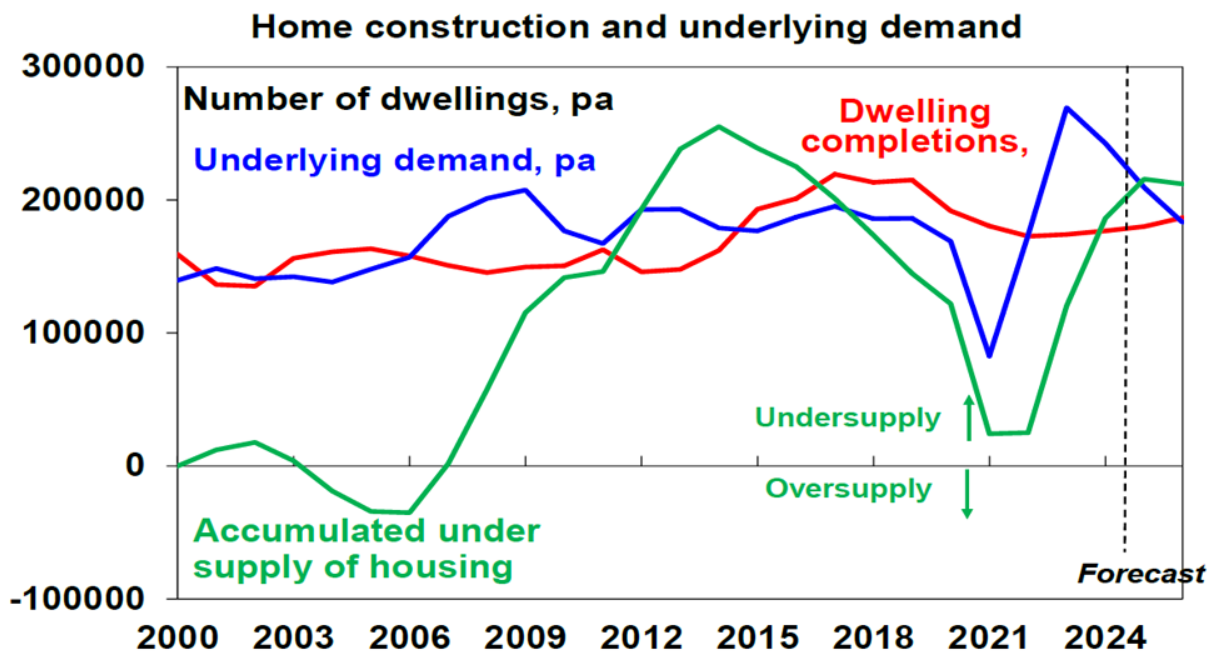
Source: Shane Oliver (AMP)
Thus, Australia’s housing shortage could double to 400,000 over the next five years if Rizvi’s migration forecasts are correct.
In the lead-up to the 2022 and 2025 federal elections, Prime Minister Anthony Albanese stated that Labor would run a smaller and less temporary migration program.
Instead, Labor has delivered a larger, lower-quality, and more temporary migration program than ever before.
Australian renters will suffer as population demand continues to outstrip supply.
I discussed housing affordability in my weekend Treasury of Common Sense with Luke Grant on Radio 2GB/4BC.

